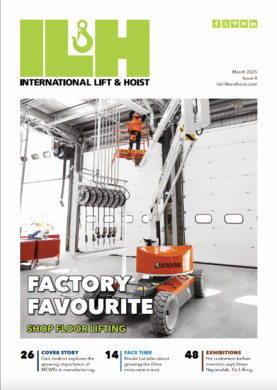U.S. Manufacturing is Gaining Ground in Specific Regions
According to a recent report from the Brookings Metropolitan Policy Program, U.S. manufacturing has been one of the few bright spots of the recovery, restoring 489,000 jobs since the beginning of 2010. Some significant geographic distinctions in that recovery are proving their worth.
The report, titled Locating American Manufacturing: Trends in the Geography of Production, shows that since the beginning of 2010, manufacturing employment has increased by 5.2 percent in the Midwest, while it has gone up by only 2.2 percent in the South. Southern regions remain relatively strong in manufacturing, with eight metropolitan areas on that list. The study also examined the clustering of manufacturing companies in particular regions. For example, very high-tech manufacturing companies are concentrated in the Northwest and West, for example, while chemical companies are found mostly in the South.
Other findings include:
- Metropolitan areas, especially large metropolitan areas and central metropolitan counties, contain the great majority of manufacturing jobs and nearly all very high-technology manufacturing jobs. In 2010, metropolitan areas contained 79.5 percent of all manufacturing jobs, 78.6 percent of moderately high-technology manufacturing jobs, and 95 percent of very high-technology manufacturing jobs.
- Nearly all metropolitan areas specialize strongly in at least one manufacturing industry even if they do not specialize strongly in manufacturing as a whole.
- Manufacturing in most metropolitan areas follows one or more of six broad patterns of industry clustering. These patterns are anchored in high specializations in computers and electronics, transportation equipment, low-wage manufacturing industries, chemicals, machinery and food production.
- Manufacturing wages vary widely among metropolitan areas. In the nation’s 100 largest metropolitan areas, the average manufacturing earnings are highest in San Jose, at about $145,000 per year, and lowest in McAllen, at about $35,000.
- In 2009, the average metropolitan manufacturing plant had 57.4 employees, a figure that ranged from a high of 203.6 in Kingsport, Tenn., to a low of 9.1 in Ocean City, N.J.
- The long-term shift of manufacturing jobs toward the South came to a halt in the first decade of the 21st century, while the Midwest had the fastest manufacturing job gains over the last two years. Between 2000 and 2010 both the Midwest and the South lost about 34 percent of their manufacturing jobs, while between the first quarter of 2010 and the fourth quarter of 2011 the Midwest saw a manufacturing job gain of 5.2 percent while the South saw a gain of 2.2 percent.
- Although metropolitan areas lost manufacturing jobs at a slower rate than non-metropolitan counties between 2000 and 2010, non-metropolitan counties gained manufacturing jobs more rapidly than metropolitan areas during the past two years.
- Of the 20 metropolitan areas that rank as “most manufacturing-specialized,” half are in the Midwest.
Click here to download the full report.











